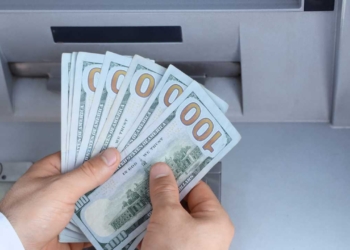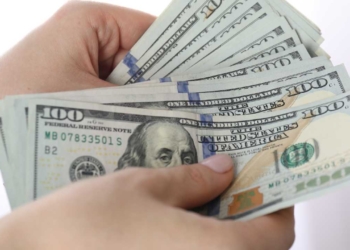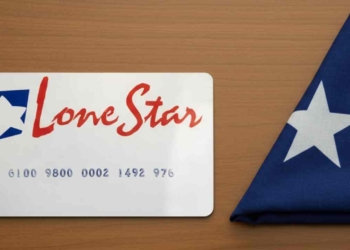Discussions about renewed economic impact payments have regained prominence following legislative and executive branch developments. Two distinct pathways toward distributing federal stimulus funds currently exist within political discourse, though neither initiative has secured definitive congressional backing at this juncture.
Republican Senator Josh Hawley advanced formal legislation on Monday targeting financial disbursements derived from customs duty collections. Dubbed the “Tariff Rebate for Workers Act,” this measure institutes minimum disbursements of up to $600 per qualifying adult and dependent minor.
The two ideas that could bring stimulus checks back in 2025
Hawley framed his proposal as reacting to prior commentary from President Donald Trump regarding trade-related reimbursements. “As President Trump proposed, my legislation would allow hardworking Americans to benefit from the wealth Trump’s tariffs are bringing back to this country,” the senator declared within official documentation accompanying the bill’s submission.
The proposed fiscal disbursement initiative would emulate certain administrative characteristics observed during prior pandemic relief initiatives. Its foundation rests upon implementation as a refundable tax credit mechanism, with provisions permitting advance distribution through physical instruments or electronic transfers during the present calendar year pending legislative clearance.
Would Trump disburse $27 billion in stimulus checks?
Recent tariff revenue trends provide some basis for the plan. The Treasury Department reported $27 billion in June 2025 alone—a $4 billion monthly jump. But experts see trade-offs. The Tax Foundation estimates tariffs could raise $2.5 trillion over ten years but may cost households an extra $1,300 annually.
Hawley points to his 2020 partnership with Senator Bernie Sanders on stimulus checks as proof of experience. Still, Speaker Mike Johnson remains skeptical, having already rejected Trump’s earlier “DOGE dividend” concept that promised savings from a Government Efficiency Department.
That wacky plan collapsed after failing to deliver the $2 trillion savings touted by Elon Musk before his administration departure. The gap between promises and practical outcomes sank its chances.
President Trump supports new stimulus checks
Trump continues endorsing tariff rebates but hasn’t detailed amounts or eligibility. He recently mentioned favoring “a small rebate” for certain income groups without providing specifics.
With Treasury data showing $100 billion in tariff revenue already collected this year—potentially reaching $300 billion—funding appears theoretically possible. However, congressional approval remains essential, and Hawley’s bill is currently the only active proposal.
Earlier ideas like diverting 20% of DOGE savings to fund $5,000 household checks lost steam after Musk’s exit. Hawley’s bill specifically targets payments starting in late 2025 if passed.
Other stimulus checks in the recent past
The U.S. federal government issued three rounds of stimulus checks between 2020-2021 as part of COVID-19 relief packages. The first round (April 2020) under the CARES Act provided up to $1,200 per adult and $500 per child dependent.
The second (December 2020) via the Consolidated Appropriations Act authorized $600 payments per eligible individual. The largest third round (March 2021) under the American Rescue Plan delivered $1,400 per person, including all dependents regardless of age
Collectively, these direct payments distributed over $800 billion to Americans, representing the largest federal cash assistance program in U.S. history by dollar value.





